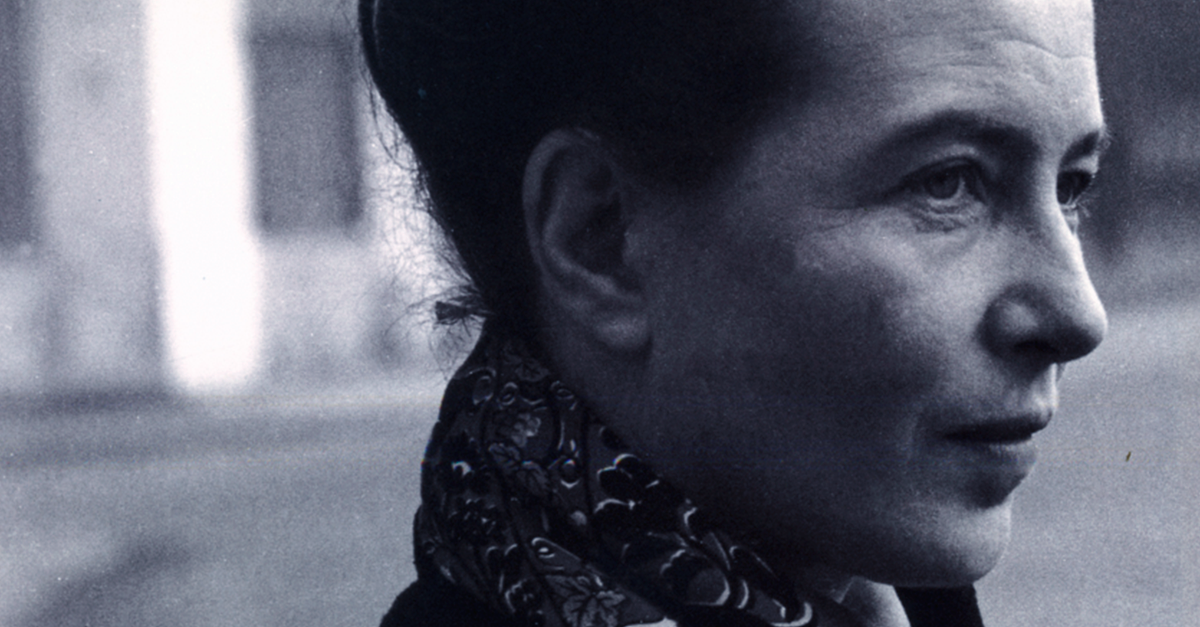Blog - Blogue

-
La rentrée
vendredi 04 septembre 2015La rentrée
La « rentrée universitaire », le « retour en classe », deux expressions en « re- ». Elles signalent qu’il y a eu, dans un passé indéfini, une première entrée sur un campus universitaire, un premier tour dans la classe. Une « sortie » estivale a eu lieu : pour des vacances, pour le travail! Puis on revient désormais sur le campus, dans la classe. Heureux qui comme Ulysse rentre chez soi!
Envisager les choses ainsi nous situe sur le registre de la répétition. Ce qui eut lieu naguère a lieu de nouveau. Il n’y a là rien de nouveau sous le soleil! On se retrouve dans les mêmes lieux, avec les mêmes professeurs, le même genre de cours… D’accord, la répétition n’est pas totale - est- ce d’ailleurs vraiment possible? Kierkegaard et Derrida nous mettent en garde, heureusement - car il y a des « nouveaux », des étudiants et des étudiantes fraîchement sortis du secondaire, d’un cycle universitaire complété. Il faudra les initier afin qu’ils entrent dans notre manière de faire, dans nos us et coutumes. Ce qui est certain, cependant, c’est que ceux qui « rentrent » sont aussi changés par les expériences estivales. Le retour à un état initial, originel n’aura pas vraiment lieu!
Mais voilà, une « rentrée », un « retour », cela ne relève pas nécessairement du registre de la répétition. Le préfixe « re- » signale aussi, nous apprennent dictionnaires et linguistes, une intensification. Moins une répétition du même qu’un engagement plus intense! Envisagée ainsi la « rentrée » devient l’occasion de découvertes, d’attention à de l’inouï là même où nous ne savions plus ou ne désirions plus entrevoir quelque chose d’autre en avril dernier.
La présence des « nouveaux » étudiants et étudiantes, de nouveaux professeurs ou d’autres employés devient alors une incitation à regarder avec fraîcheur les anciens murs…
Une rentrée, devient alors une période d’essais, d’inédits, de cassures peut-être, de réactions inattendues… certainement d’une expérimentation sur la base d’autres hypothèses tant au niveau de ce qu’on apprend que de la manière d’apprendre, certes, mais aussi quant aux façons de nous situer les uns en interaction avec les autres…
Que vous arriviez pour une première fois ou que vous reveniez poursuivre vos études, je vous souhaite de plonger à fond, joyeusement, dans les méandres des questionnements philosophiques et théologiques. Je vous invite à vous laisser étonner de ce dont vous êtes capables et de ce vous ne pensiez pas les autres capables! Osez dépasser la répétition! Pétitionnez pour du nouveau! Ne craignez pas : il y en aura assez pour tous et il en restera!
-
Equality vs. domination
vendredi 17 juillet 2015Are men and women equal, or is one of the genders dominant? That’s the million dollar question, isn’t it?
Before one can answer any question pertaining to men and women, and the nature of their social interactions, one has to be clear what the terms refer to. If nothing else, feminism has taught us that gender is a socially constructed, and therefore, malleable, category. Today, we talk about at least three genders: male, female, and transgender.
But anatomically, there are set and obvious differences between men and women, right? Wrong. The recent media buzz surrounding the petition to strip Caitlyn Jenner, formerly known as Bruce Jenner, of her Olympic gold medal from 1976, has reminded us of something important. Anatomy is also a range. Part of the International Olympic Committee’s response to the petition was the fact that it has always been the case that there are athletes whose genetic makeup puts them somewhere in between what is otherwise perceived to be anatomically ‘male’ and ‘female’.
Simone de Beauvoir in her now classic 1949 text The Second Sex, cautioned strongly against the slip from the parochial and perfunctory ‘equal but different’ into the American segregation rhetoric of ‘equal but separate’ when analyzing man-woman relationship.
Let’s also not forget that ‘equality’ has strong legal and political connotations and should be carefully examined before used as liberally as we tend to.
So, instead of getting bogged down in terminological conundrum, could we, perhaps, think of equality in terms of co-operation among individuals who have to live together?
What would a blog on gender equality be without a nod to a recent study of sorts?
And there it is…
The idea of gender-co-operation in the hunter-gatherer stage of development of homo sapiens, a stage which lasted for over 12 000 years, has captured the attention of anthropologists for some time now. Recent studies from London University College, combining observation of Pygmy tribes in Africa and Asia, together with computer analysis of the hypothesis, suggest that the family and community ties were, and still appear to be, far stronger and more stable in tribes where both partners had a say in the choice of a place to live. In this case, the tribe would surround itself with relatives from both partners’ sides, which, in turn, would build stronger bonds and contribute for a more harmonious existence, as opposed to tribes where one of the genders dominated. This would not only diversify the genetic pool, but also allow for the exchange of new ideas.
Anthropology doesn’t have the last word, of course, but think about it: wouldn’t it make more sense that variety and diversity (fostered in a co-operative as opposed to confrontational and domineering environment) would eventually lead to progress?


